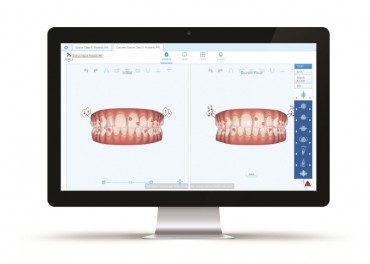
Characterized by the presence of irresistible impulses to shop that are distressing, time-consuming, and result in adverse social, emotional, occupational, legal, and/or financial consequences, compulsive buying is extremely prevalent (image: Kobizmedia/ Korea Bizwire)
NEW YORK, June 17, 2014 (Korea Bizwire)–If you can’t stop yourself from yet one more costly trip to the mall, if you can’t resist the urge to splurge, no matter wherever and whenever it strikes, hope is finally here.
A just-published study by Dr. April Benson and colleagues indicates that a new form of psychological treatment can significantly decrease the severity and the frequency of compulsive buying behavior. Following the 12-week treatment, clients spent significantly less time and money buying compulsively, and had significantly fewer compulsive buying episodes. Group members’ scores on four established compulsive buying measures went from solidly in the compulsive buying range before treatment to solidly in the normal buying range post-treatment; these results held or improved even further at six-month follow-up.
The research, published in the Journal of Groups in Addiction & Recovery (Routledge), is the first to investigate the efficacy of the Stopping Overshopping Group Treatment Program, a treatment model that powerfully integrates a variety of evidence-based treatment approaches that have shown to be effective, either with compulsive buying disorder or with substance abuse, alcoholism or eating disorders.
A serious and widespread disorder, compulsive buying has only recently begun to attract the scientific attention given to its psychological siblings such as eating disorders, alcoholism, and drug abuse. Not a week goes by, however, without someone being arrested for embezzling funds to feed a compulsive buying habit, a couple divorcing because of unresolved money issues, an employee fired for excessive shopping during work hours, or a student driven to suicide because of overwhelming debt that came about as a result of serious overspending.
Considered the smiled upon addiction because consumption fuels our economy, compulsive buying disorder is too often under-recognized and under-diagnosed and there are relatively few therapists with specialized training and experience in this area. Despite the fact that between one-third and two-thirds of compulsive buyers have another substance or behavioral addiction, almost no treatment centers have programs specifically designed to help compulsive buyers.
Characterized by the presence of irresistible impulses to shop that are distressing, time-consuming, and result in adverse social, emotional, occupational, legal, and/or financial consequences, compulsive buying is extremely prevalent. Research cited in a 2006 study of over 2500 U.S. household suggests that 5.8% of the U.S. population, as many as 17 million Americans, exhibit symptoms of compulsive buying, which affects almost as many men as women.
Recently, the internet has greatly extended its reach; scholarly research about compulsive buying disorder has been published in the US, Canada, Mexico, Brazil, England, France, Germany, Spain, the Netherlands, New Zealand, Australia, China, South Korea, Austria, South Africa, and Singapore and the fact that people from 125 countries come to Dr. Benson’s website each year suggests that the problem is nearly universal.
“Elements of the Stopping Overshopping model that likely contributed to the positive findings are that it establishes a homogenous group setting that teaches skills, tools, and strategies, practiced throughout the twelve weeks, that are designed to help reduce compulsive buying behavior. Group members feel less alone and more understood. Their feedback to and from each other helps break through denial and diminishes feelings of shame and guilt. Witnessing others in various stages of recovery is proof positive that it can be done. Between group and post-treatment email contact among the group maintains support and deepens members’ commitment to change, ” suggests Dr. Benson, founder of Stopping Overshopping, LLC. “At the end of three months, clients come to understand the following statement on a very deep level. ‘You can never get enough of what you don’t really need,’ ” she added.
As the present research indicates, the severity and frequency of compulsive buying symptoms and behavior can be addressed clinically to excellent effect. This powerful, cost-effective model now needs to be tested on a larger scale, with a more diverse sample and a longer-term follow up, and brought into addiction treatment centers. Many of the skills, tools, and strategies acquired in this treatment can be transferred and generalized to other addictions as well.
Source: Dr. April Benson (via PR Newswire)







